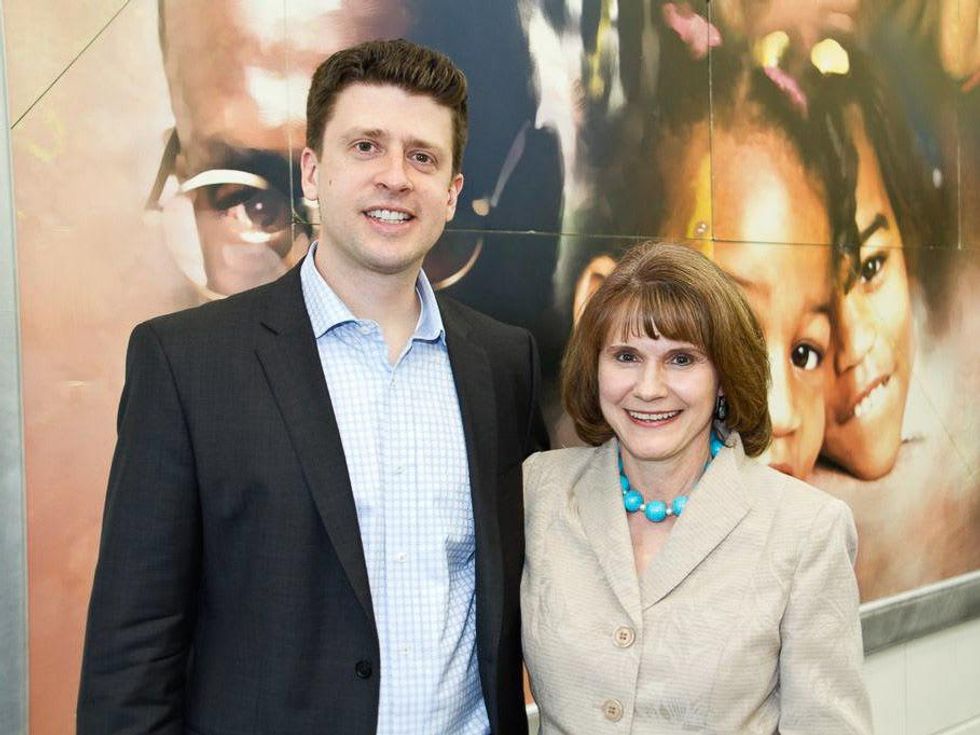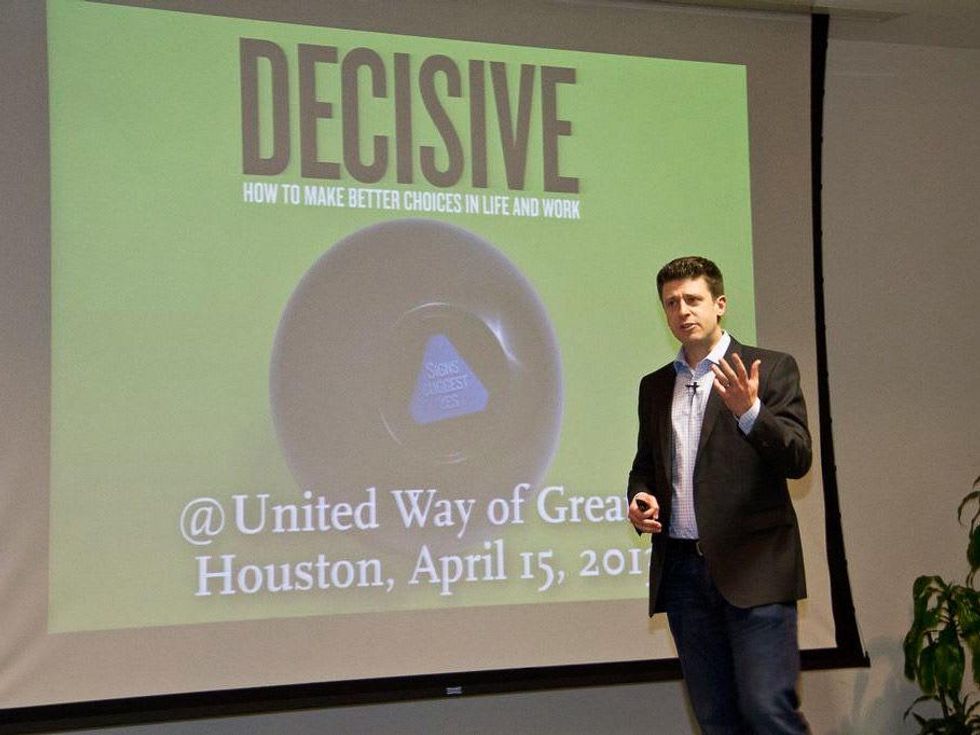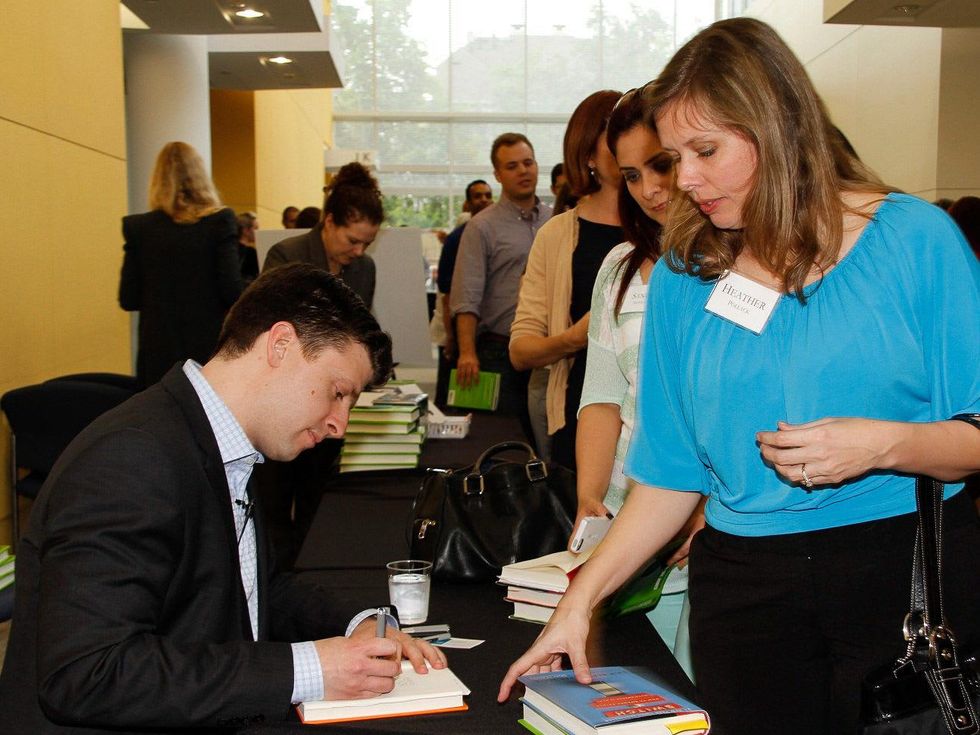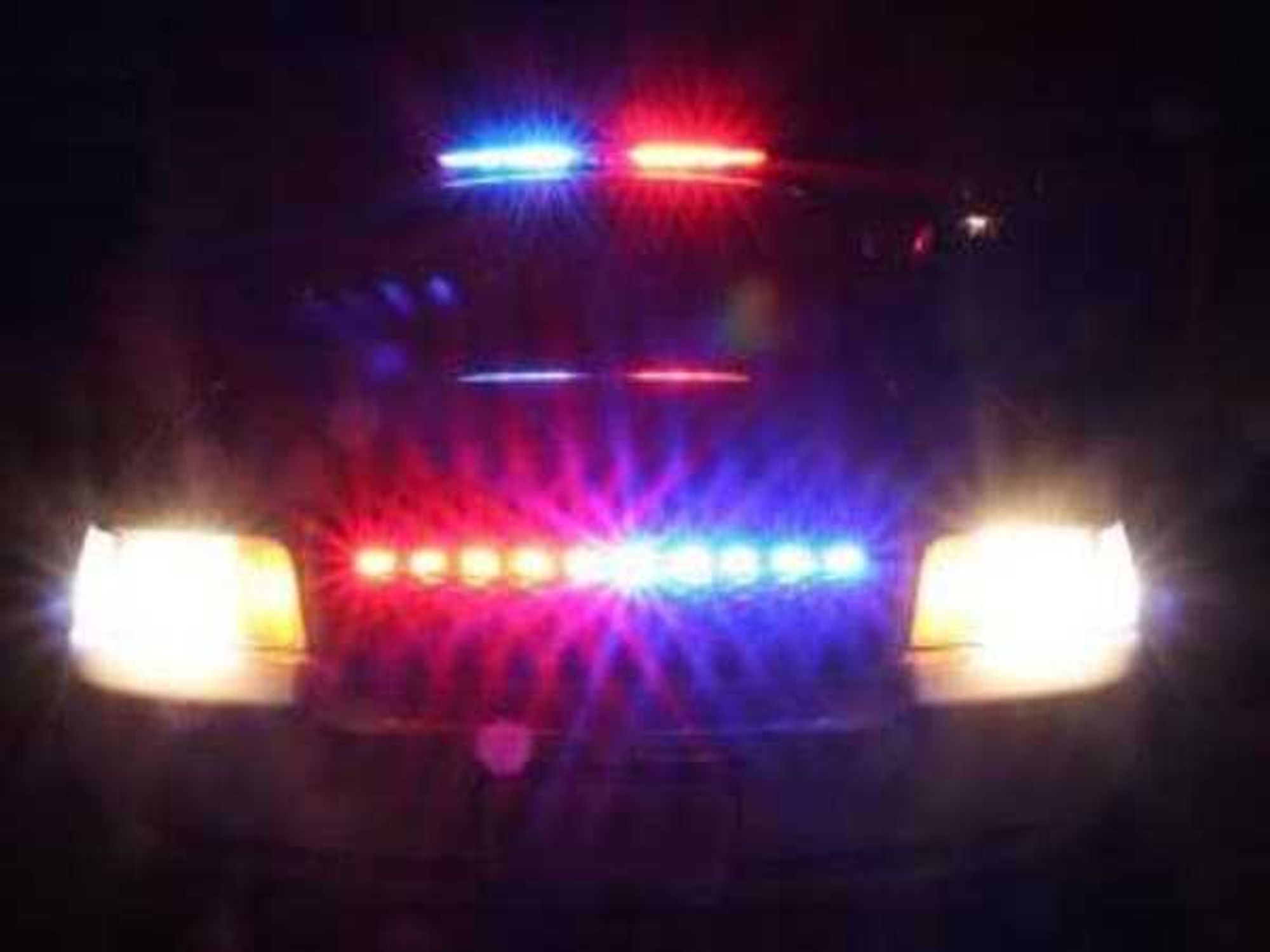Best friends & brown M&M's: Keys to better decision-making often are the simple things, says best-selling author
“What would you tell your best friend to do?”
That is the “magic question” you should ask yourself when faced with an agonizing decision, according to best-selling author and business guru Dan Heath.
He says the reason it works is simple. Creating distance from a gut-wrenching decision by framing it as advice to a friend can help you see the big picture instead of getting mired in the anxious emotions that arise with difficult choices.
This was one of several gems offered by Heath recently during his thoughtful and sometimes humorous presentation, hosted by United Way of Greater Houston for leadership donors, volunteers and agency partners. The step-by-step advice, designed to help attendees in their business and personal life, was distilled from his latest book Decisive, which he co-authored with his brother, Chip Heath.
“When it comes to decision-making, we don’t need more complexity.” Heath said. “What we do need is a process.” That process, Heath contends, enables us to avoid decision-making traps.
Creating distance from a gut-wrenching decision by framing it as advice to a friend can help you see the big picture instead of getting mired in the anxious emotions that arise with difficult choices.
Just what are those traps? Heath identified four common ones: narrow framing, confirmation bias, short-term emotion, and over confidence. Based on volumes of research published on the dynamics of decision-making, he and his brother developed a trap-defying process summed up in the acronym “WRAP.”
First, the “W” stands for Widening Your Options
Heath said a common trap to be avoided is looking at any decision as a “whether or not” choice.
“It is rarely ever the case that you have only one option, so you should always be looking for the widest number of options available to you,” he said. “Anytime the world seems to be offering you a ‘this or that’ choice, ask yourself if it is possible to do both? And sometimes the best choice is no choice at all.”
Think your approach is objective? The “R” stands for Reality Testing
Heath explained that, in any decision, human beings tend to look for information that flatters what we already believe and ignore information that contrasts with what we believe. This confirmation bias is one of the worst villains of decision-making, he says, so the best way to battle it is to intentionally look for disconfirming data.
“’What are the reasons this might not work?’ is the kind of question you should be asking,” he said.
He also suggested practicing “ooching,” which means testing your options before you commit. An example of “ooching” he gave is accounting majors spending time inside an accounting firm before committing to a career in accounting.
“A” stands for Attain Distance Before Deciding
“One of the least valid pieces of advice is to trust your gut,” said Heath. “I do think your gut is giving you real information, like a flash of insight, especially in an ethical situation. However in most situations the gut is surfacing a lot of short-term emotions and those are a lot less trustworthy than long-term emotions.”
Instead, Heath suggests invoking the “best friend” question mentioned earlier to create some immediate distance from your inner turmoil.
“P” stands for Prepare to be Wrong
Once a decision is made, Heath notes, we must beware of inertia and missed opportunities to change direction. He suggests setting “tripwires” to prompt you to act, whether you need to examine the status quo or forge ahead with something you’ve been telling yourself you’re going to do. Examples of tripwires included a calendar date, a budget or some metric that triggers action.
If even a single brown M&M was present, Roth knew the organizers hadn’t carefully read the contract and he immediately ordered a technical check of the whole production.
Health pointed to rock singer David Lee Roth from the band Van Halen as his heroic example of the tripwire method. In the heyday of Van Halen’s mammoth, technically sophisticated road show, Roth used Article 126, a clause buried in the midst of all the technical specifications of the contract.
The article called for a bowl of M&Ms to be placed backstage with all the brown ones removed. When Roth arrived at a new venue, the first thing he did was check the bowl of M&Ms. If even a single brown M&M was present, Roth knew the organizers hadn’t carefully read the contract and he immediately ordered a technical check of the whole production.
“David Lee Roth found a brilliant tripwire that told him right when he needed to pay attention,” said Heath.
“When decisions go wrong, as they frequently do, it is because of a finite number of predictable traps we fall into again and again," Heath concluded. “Rather than fall into them, we need to start scheming against them with a process. That process can give us the confidence to make bolder, riskier choices.”
Previous bestsellers by brothers Dan and Chip Heath include Switch and Made to Stick. After his talk, the author signed books and answered questions, keeping the United Way Resource Center buzzing for at least another hour.



